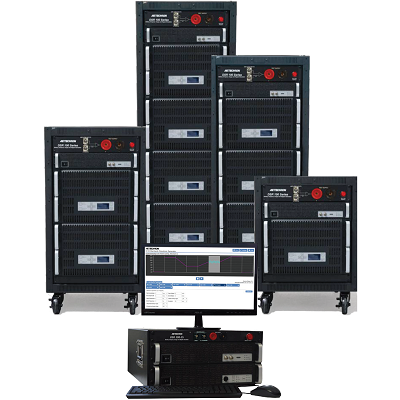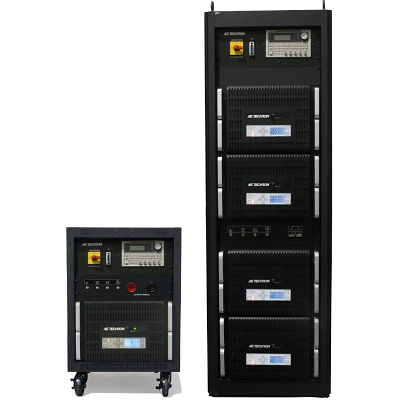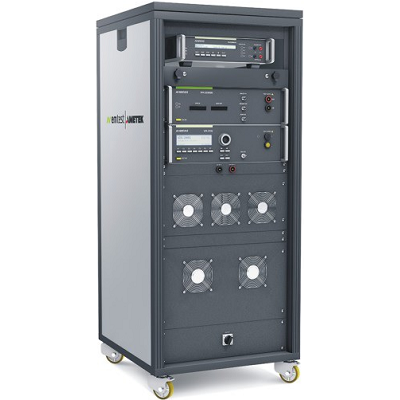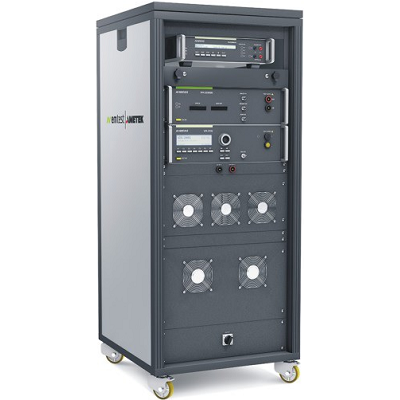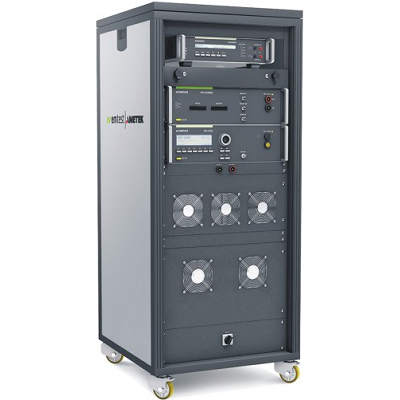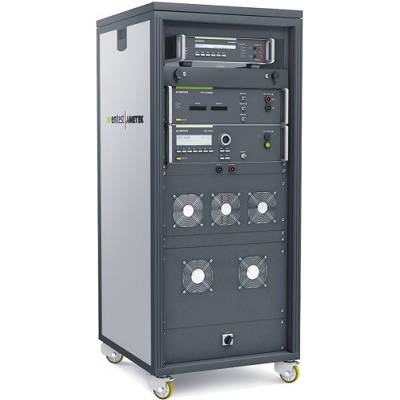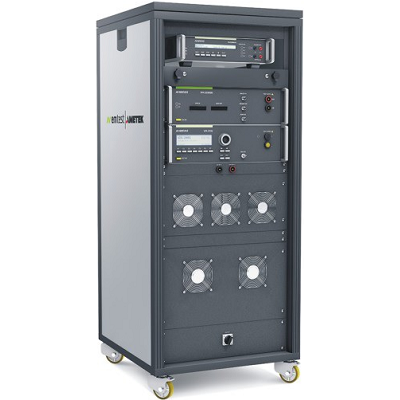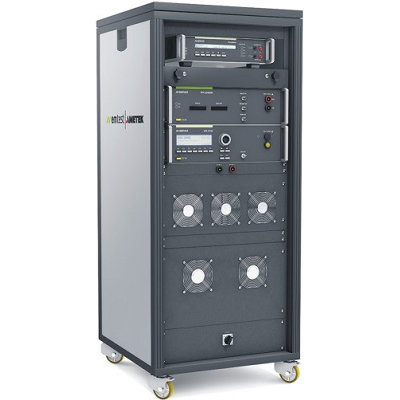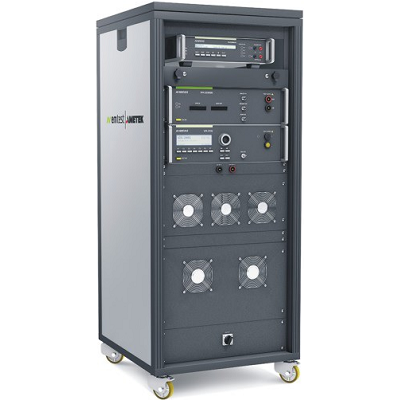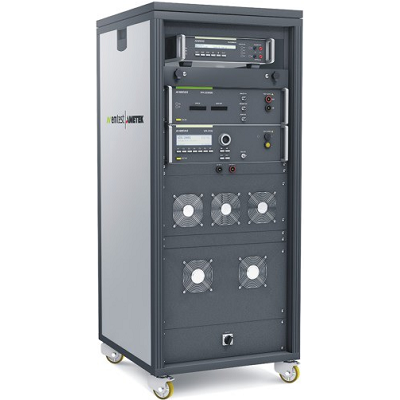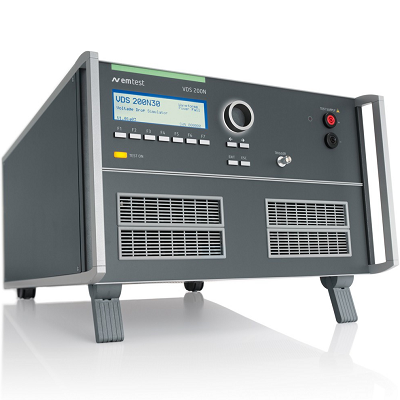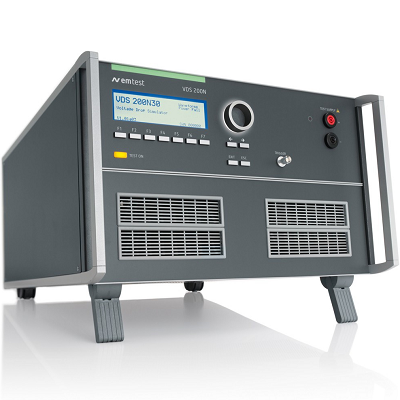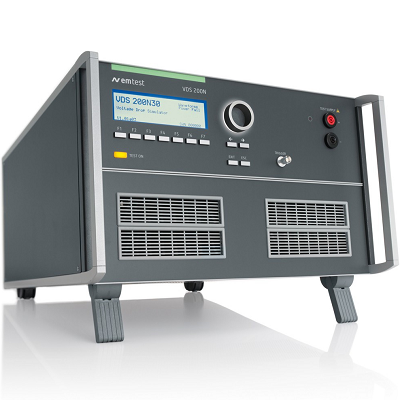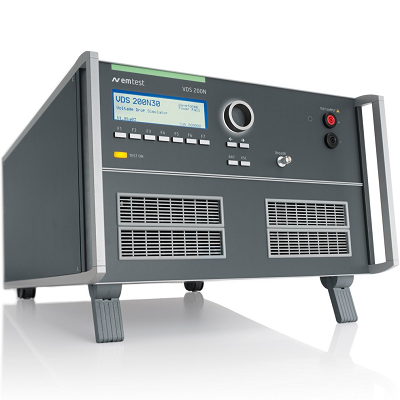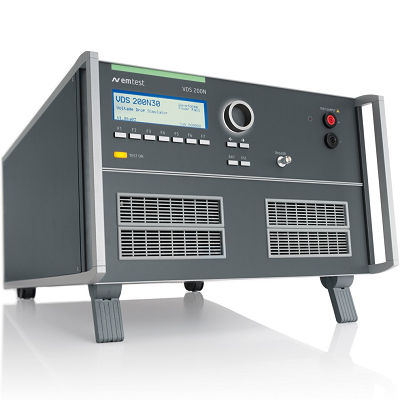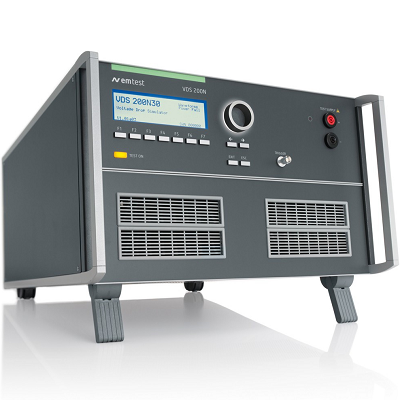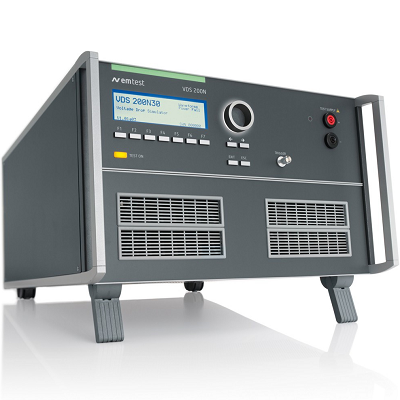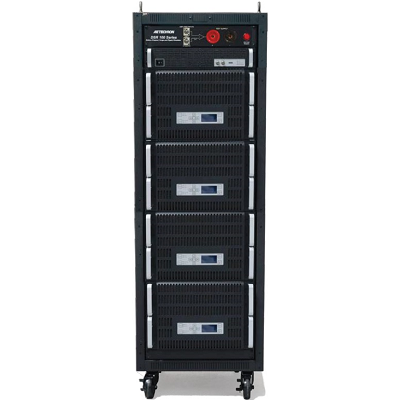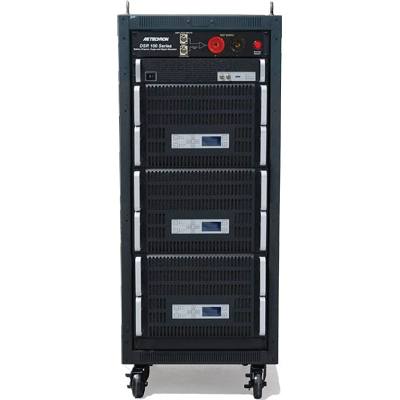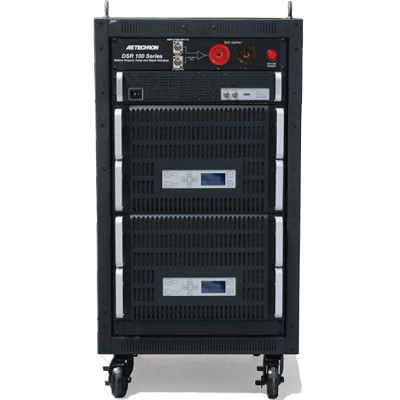Arb./Waveform Generators
An arbitrary waveform generator (AWG) is a piece of electronic test equipment used to generate electrical waveforms. These waveforms can be either repetitive or single-shot (once only) in which case some kind of triggering source is required (internal or external). The resulting waveforms can be injected into a device under test and analyzed as they progress through it, confirming the proper operation of the device or pinpointing a fault in it. Unlike function generators, AWGs can generate any arbitrarily defined waveshape as their output. The waveform is usually defined as a series of waypoints (specific voltage targets occurring at specific times along the waveform) and the AWG can either jump to those levels or use any of several methods to interpolate between those levels. Because AWGs synthesize the waveforms using digital signal processing techniques, their maximum frequency is usually limited to no more than a few gigahertz. The output connector from the device is usually a BNC connector and requires a 50 or 75 ohm termination. AWGs, like most signal generators, may also contain an attenuator, various means of modulating the output waveform, and often contain the ability to automatically and repetitively sweep the frequency of the output waveform (by means of a voltage-controlled oscillator) between two operator-determined limits. This capability makes it very easy to evaluate the frequency response of a given electronic circuit.


